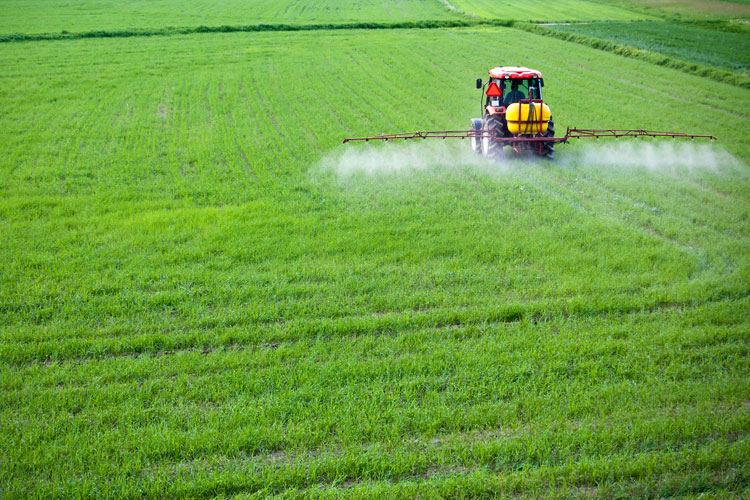
Bulk Liquid Fertilizer Suppliers
17/12/2021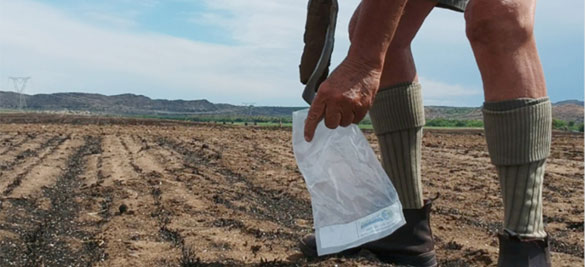
How to Select the Right Premium Granular Fertilizer
06/01/2022Liquid vs Granular Fertilizer
Eventually, even the most fertile soil will lose most of the nutrients required for healthy plant growth. Since the earliest days of agriculture, farmers have found ways to compensate for these deficiencies. Initially, their only option was to employ natural sources, such as decaying vegetation and animal waste, a practice that served them adequately for many thousands of years. In 1842, a compound formed by treating phosphates with sulphuric acid became the first artificial plant nutrient. Today, subsequent developments see growers debating the pros and cons of liquid vs granular fertilizer.
That artificial sources of plant nutrients have become vital is undeniable. Even today’s vastly improved agricultural technology is hard pushed to produce sufficient fresh produce to meet the constantly growing demands of consumers worldwide. Ensuring healthy crops and maximum yield is difficult when relying solely on natural nutrient sources. Hence the traditional practices of organic farming have limitations that often lead to higher prices many consumers cannot afford. Artificial products impose no such restriction, but farmers need to weigh the relative merits of liquid vs granular fertilizer and select products that best suit their needs. Let’s examine some of the reasons that influence their choice.
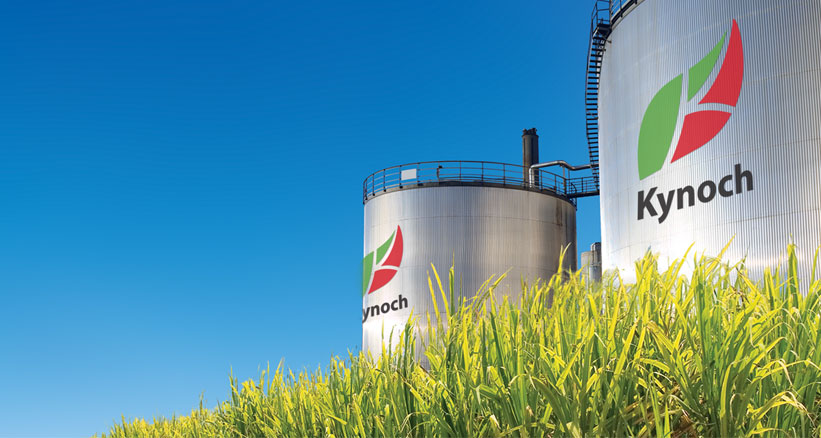 In practice, each provides an excellent source of essential plant nutrients and may even contain identical nutrients in the same proportion. Which may prove most appropriate tends to depend as much on the practical and financial implications as on their relative nutritional merits. For example, an anhydrous product is easier to store. Also, another factor in the liquid vs granular fertilizer debate is that the nutrients in a solid product will be released slowly, providing a sustained supply and increasing the time between successive applications. This property makes it more efficient to prepare the soil before planting.
In practice, each provides an excellent source of essential plant nutrients and may even contain identical nutrients in the same proportion. Which may prove most appropriate tends to depend as much on the practical and financial implications as on their relative nutritional merits. For example, an anhydrous product is easier to store. Also, another factor in the liquid vs granular fertilizer debate is that the nutrients in a solid product will be released slowly, providing a sustained supply and increasing the time between successive applications. This property makes it more efficient to prepare the soil before planting.
That said, dry products also have their downside. Without adequate watering, phosphorous and other essential elements may remain out of reach of plants’ root systems. In addition, products with a high salt content could burn leaves. Finally, the content of individual granules is not consistent. However, in any liquid vs granular fertilizer comparison, one must consider the pros and cons of each.
Ease of handling when blending and applying is a significant advantage of an aqueous solution. Liquids can also be applied more evenly. Another advantage is mixing other crop protection products into the solution can save time and labour when applying the mixture in one operation. However, irrigation equipment is costly for those who lack it and nutrients in the solution may be more subject to losses through volatilisation. In practice, the best way to resolve the liquid vs granular fertilizer decision is to seek expert guidance and world-class products from Kynoch.

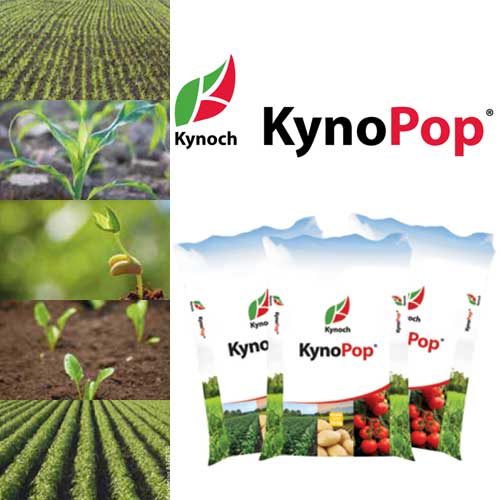
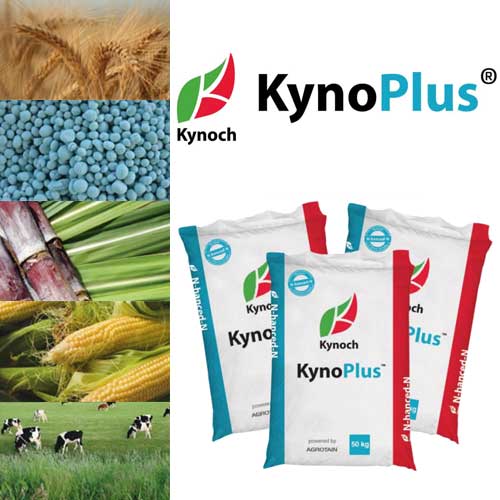


.png?v=1594369838025?v=1594369838026)